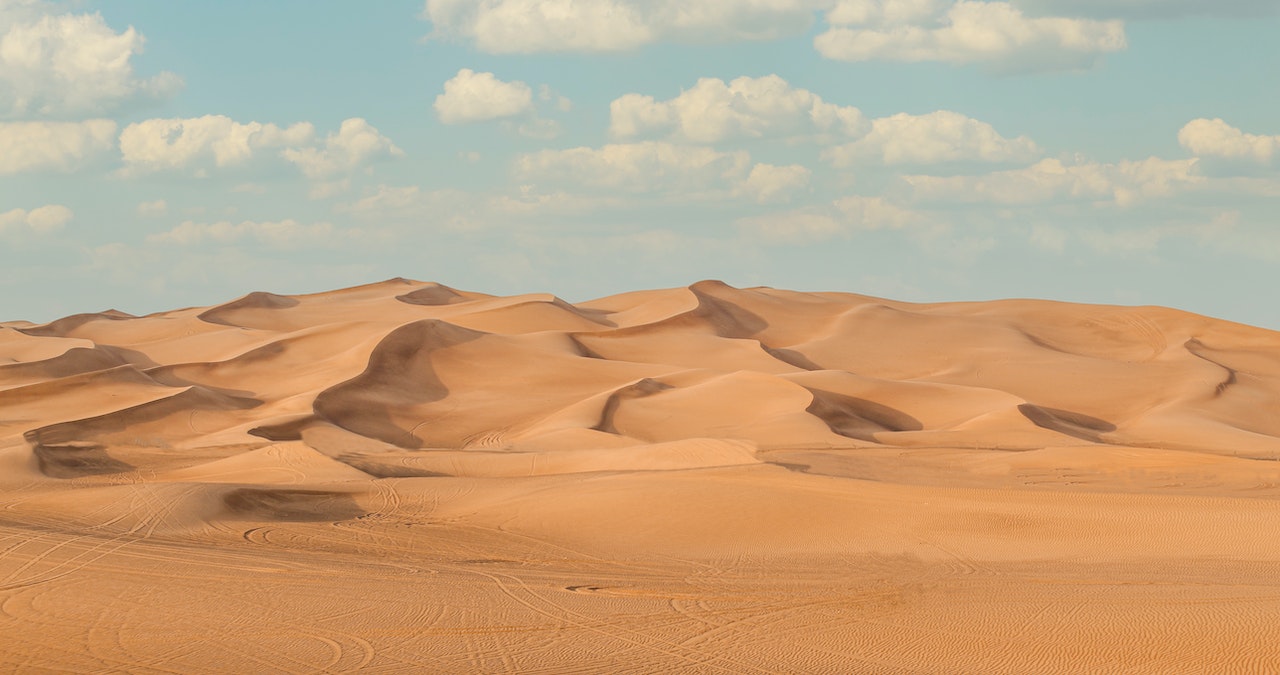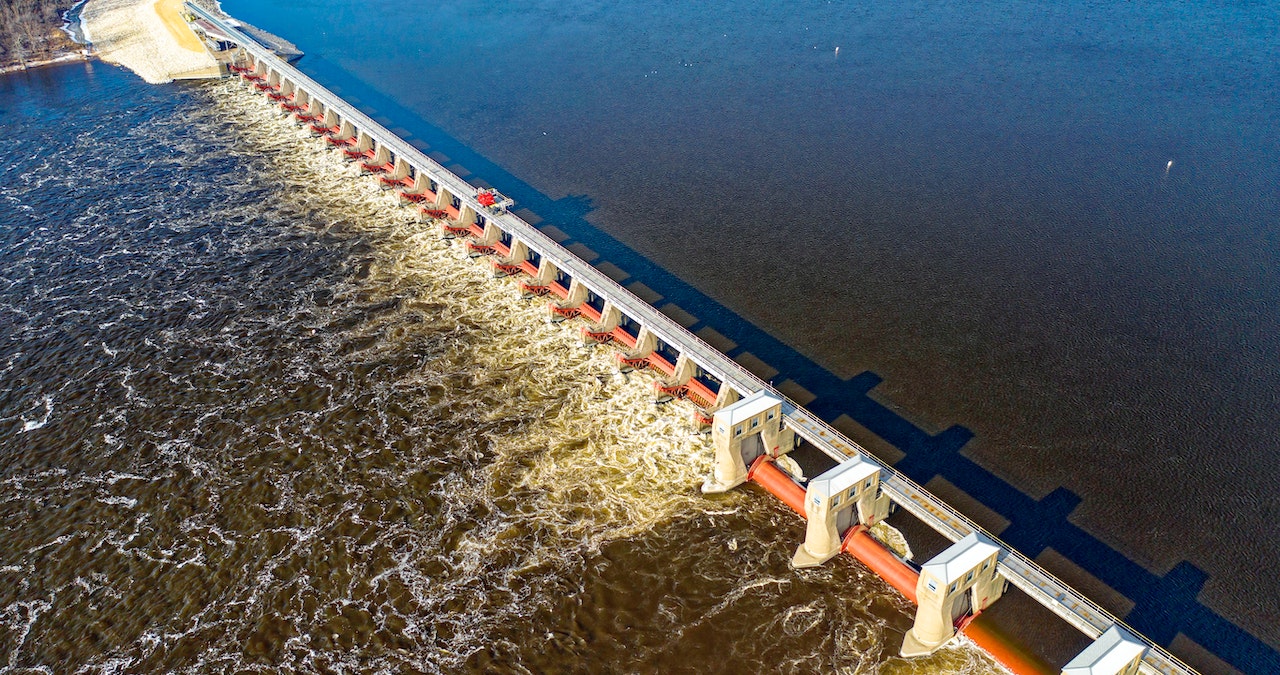Livestock production has a significant impact on desert areas worldwide, including polar deserts.
In fact, it is often the most substantial human influence in many desert regions.
Livestock production involves grazing on crops and all related activities aimed at raising and maintaining animals. These activities encompass various aspects, such as diverting water from rivers for irrigated forage crops, eliminating predators and “pest” species, competition for forage between native and domesticated animals, soil compaction and erosion, alterations in fire patterns, the spread of non-native plant species, loss of biodiversity, and several other ecosystem effects. Desert Areas
Introduction
Globally, approximately 3 billion hectares of land, including deserts, are utilized for livestock grazing, and a majority of these areas experience degradation and a decline in biodiversity as a result (Carter et al., 2014).
Deserts are typically characterized as arid or semi-arid landscapes, often with high rates of evapotranspiration, intense solar radiation, and significant daily and seasonal temperature variations. These environmental factors limit the plant and animal life that can survive in these challenging conditions, although many species have developed remarkable adaptations to cope with such extreme environments.
When people think of deserts, they often associate them with “hot” temperatures, like the Saharan desert in Africa or the Sonoran Desert in Arizona and northern Mexico, where dry zones are formed by descending air masses. However, many other deserts are colder, usually associated with the rain shadow effect caused by mountains.
Regardless of their location, all desert zones experience periods of acute precipitation scarcity, which has significant implications for human utilization of the ecosystem through livestock grazing.
Throughout the world’s deserts, numerous native herbivores can be found. In North American deserts, these include insects like grasshoppers (Melanoplus spp.), rodents like ground squirrels (Spermophilus spp.), pig-like javelina (Tayassu tajacu), and larger ungulates like mule deer (Odocoileus hemionus) or pronghorn antelope (Antilocapra americana). Australian deserts are home to herbivores like kangaroos (Macropus), while Asia and Africa have even larger native herbivores. Desert Areas
However, it is important to note that the presence of native herbivores does not necessarily imply that the plant communities in these areas are adapted to grazing by domesticated livestock. Domestic livestock do not interact with the landscape in the same way as native species. Even if a species is considered “native” to a particular ecosystem, the pursuit of maximum profit and animal production often leads to excessive numbers of animals that exceed the landscape’s carrying capacity.
Grasses, shrubs, and scattered trees are characteristic vegetation in most deserts outside polar regions. Grasses and shrubs form the dominant forage utilized by herbivores.
Challenges Imposed by Aridity
Aridity poses limitations on livestock production and tends to magnify the ecological impacts associated with livestock grazing.
First, the scarcity of precipitation restricts plant growth compared to other ecosystems. In terms of primary productivity, desert ecosystems have some of the lowest rates (the speed at which photosynthetic and chemosynthetic autotrophs convert energy into organic substances) on Earth.
A study conducted in 1984 by the U.S. Forest Service (USFS) in the western United States found that desert grazing lands were generally less productive and supported lower livestock numbers compared to non-desert regions. This demonstrates the impact of aridity on the carrying capacity of desert ecosystems for livestock.
Livestock production in deserts requires careful management and consideration of the delicate balance between human needs and the fragility of desert ecosystems. Implementing sustainable practices that minimize the negative impacts of livestock grazing is crucial for maintaining the health and biodiversity of these unique environments. Desert Areas
Although there are many native herbivores, it’s important to understand that these plant communities are not specifically adapted to accommodate domestic livestock grazing. Domestic livestock do not interact with the landscape in the same way as native species do. Even when a species is considered “native” to a particular ecosystem, the pursuit of maximizing profits and animal production often leads to excessive numbers of animals that exceed the carrying capacity of the land.
Livestock grazing is generally recognized as one of the primary human activities responsible for desertification, which refers to the creation or expansion of desert areas.
Grasses, shrubs, and scattered trees are the predominant vegetation in most deserts, excluding polar regions. These grasses and shrubs serve as the primary forage for native herbivores.
The aridity of desert environments imposes limitations on livestock production and tends to amplify the ecological impacts of livestock.
Firstly, the lack of precipitation in deserts hinders plant growth compared to other ecosystems. Desert ecosystems have some of the lowest levels of primary productivity, which refers to the rate at which photosynthetic and chemosynthetic autotrophs convert energy into organic substances.

Livestock production occurs in all deserts, except for polar deserts, and it represents one of the most significant human influences in these areas. Livestock production encompasses the grazing of crops and all associated activities related to raising animals, including the dewatering of rivers for irrigated forage crops, predator and pest control, competition for forage resources between native and domestic animals, soil compaction and erosion, alterations in fire regimes, the spread of invasive plant species, loss of biodiversity, and various other ecosystem effects. Desert Areas
INTRODUCTION
Livestock grazing takes place on approximately 3 billion hectares of land worldwide, including desert regions, and the majority of these areas suffer from degradation and biodiversity loss as a result (Carter et al., 2014).
Deserts are typically characterized as arid or semi-arid landscapes with high rates of evapotranspiration, intense solar radiation, and significant daily and seasonal temperature variations. These environmental factors limit the types of plant and animal life that can survive in these harsh conditions, although numerous species have developed remarkable adaptations to cope with such challenges.
The Great Basin region in the United States is considered a “cold” desert dominated by sagebrush. Trout Creek Mountains, Oregon. Photograph by George Wuerthner
When people think of deserts, they often associate them with “hot” temperatures, such as the Saharan desert in Africa or the Sonoran Desert in Arizona and northern Mexico, which are formed due to descending air masses that create dry zones. However, deserts can also be cold, often due to the rain shadow effect caused by mountains. The polar desert in Antarctica is the largest desert area on Earth and is almost entirely snow-covered year-round.
Regardless of their location, all desert zones face periods of acute water scarcity, which significantly impacts the viability of livestock grazing within these ecosystems. Livestock species include cattle, sheep, goats, horses, donkeys, yaks, camels, and various others.
Historically, people have utilized marginal and mountainous landscapes for livestock production, while better-watered and flatter terrains have been reserved for crop agriculture. However, with the exception of irrigated areas, most deserts have limited capacity to support crop farming, aside from the cultivation of hay or pasture. As a result, livestock grazing often becomes the predominant economic activity in these regions.
With the exception of polar deserts, livestock grazing occurs in most desert areas around the world. It is challenging to find grazed reference areas or refugia where livestock grazing has not occurred. (Unless otherwise specified, the term “grazing” refers to the cropping of vegetation by domestic livestock.)
Native herbivores are present in deserts worldwide. deer (Odocoileus hemionus) or pronghorn antelope (Antilocapra americana). Australian deserts are home to herbivores like kangaroos (Macropus), while Asia and Africa host even larger native herbivores. Desert Areas
However, the presence of native herbivores does not necessarily mean that the plant communities are specifically adapted for domestic livestock grazing. Domestic livestock do not interact with the landscape in the same way as native species, and even if a species is considered “native” to a particular ecosystem, the pursuit of maximizing profits and animal production often leads to an overabundance of animals that exceeds the land’s carrying capacity.
In summary, livestock grazing, as a generalization, is one of the primary human activities contributing to the creation or expansion of desert areas through desertification. The vegetation in most deserts, excluding polar regions, is dominated by grasses, shrubs, and scattered trees, which serve as the primary forage for native herbivores.
The arid conditions in deserts impose limitations on livestock production and tend to amplify the ecological impacts associated with livestock grazing.
The scarcity of precipitation in deserts restricts plant growth compared to other ecosystems, and desert ecosystems have relatively low levels of primary productivity.
Many people associate the term “desert” with scorching temperatures, like those found in the Saharan desert in Africa or the Sonoran Desert in Arizona and northern Mexico, where descending air creates dry zones. However, there are many other deserts that are colder, often due to the rain shadow effect of mountains. Cold deserts, such as the Gobi Desert in Central Asia or the Great Basin in North America, often experience snow cover for part of the year. The polar desert in Antarctica is the largest desert area in the world and is almost completely snow-covered year-round.
Regardless of their location, all desert regions go through periods of acute precipitation shortages, which have significant implications for human reliance on the ecosystem for livestock grazing.
Traditionally, people have utilized marginally productive landscapes and steep mountainous terrain for livestock production, reserving better-watered landscapes and flatter terrain for crop agriculture. However, except for irrigated areas, most deserts have limited capacity to support crop agriculture beyond hay or pasture. As a result, livestock grazing often becomes the dominant economic use.

With the exception of polar deserts, livestock grazing occurs in many desert areas around the world. In fact, it is difficult to find grazed reference areas or refugia where livestock grazing has not occurred. When using the term “grazing,” I am referring to cropping by domesticated livestock, unless otherwise specified.
Native herbivores are present in desert ecosystems worldwide. In North American deserts, native herbivores include insects like grasshoppers, rodents like ground squirrels, pig-like javelina, and larger ungulates like mule deer or pronghorn antelope. Australian deserts have herbivores like kangaroos, while Asia and Africa are home to even larger native herbivores. Desert Areas
It is important to note that the presence of native herbivores does not necessarily mean that these plant communities are well-suited for domesticated livestock grazing.
Domesticated livestock do not interact with the landscape in the same way as native species.
Additionally, even if a species is considered “native” to a particular ecosystem, the drive to maximize profits and animal production often leads to excessive numbers of animals that surpass the landscape’s carrying capacity.
As a generalization, livestock grazing is one of the main human activities responsible for creating or expanding desert areas through a process known as “desertification.”
In most deserts, excluding polar regions, the vegetation is characterized by grasses, shrubs, and scattered trees. Grasses and shrubs are the primary forage utilized by grazing herbivores.
The aridity of deserts imposes limits on livestock production and tends to amplify the ecological impacts of livestock. The lack of precipitation restricts plant growth compared to other ecosystems. Desert ecosystems have some of the lowest primary productivity rates (the rate at which autotrophs convert energy to organic substances through photosynthesis and chemosynthesis) on Earth.

For example, a report by the U.S. influences in many desert areas. It involves grazing crops and all related activities to provide for domesticated animals, including the irrigation of forage crops, predator and pest species control, competition for forage between native and domestic animals, soil compaction and erosion, changes in fire regimes, the spread of invasive plant species, loss of biodiversity, and various other ecosystem effects. Desert Areas
In conclusion, livestock grazing in deserts, apart from polar regions, is a prevalent human activity with significant environmental implications. Desert ecosystems have unique challenges due to aridity and limited primary productivity. The presence of native herbivores does not automatically mean the plant communities are adapted to domesticated livestock grazing. Desertification, the expansion or creation of desert areas, can be attributed, in part, to livestock grazing.









